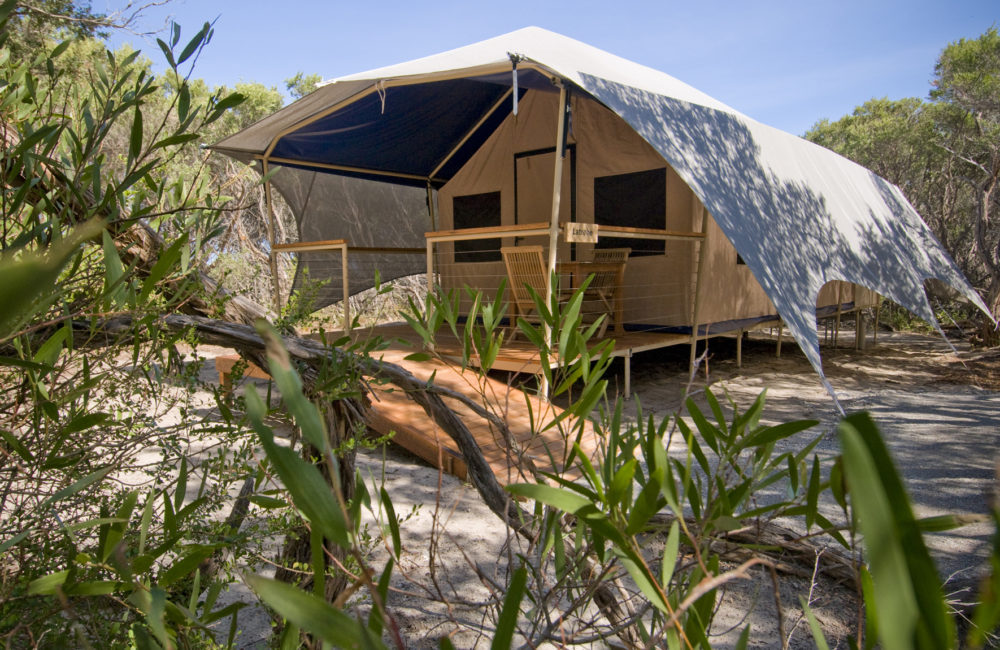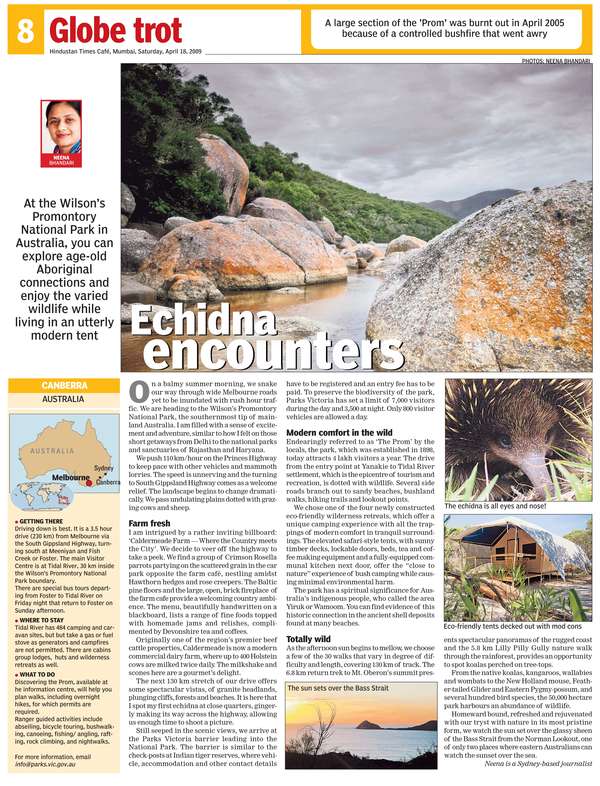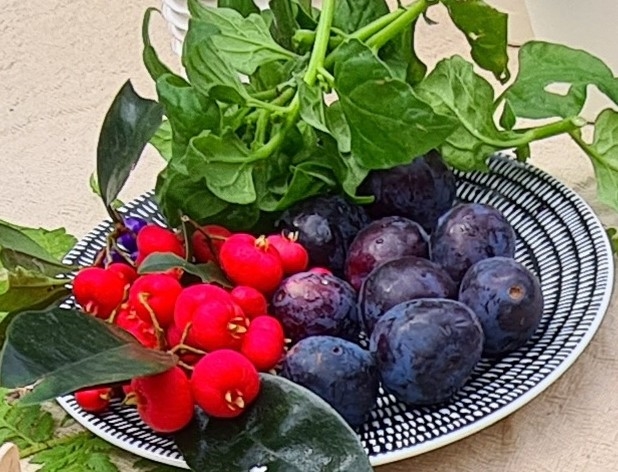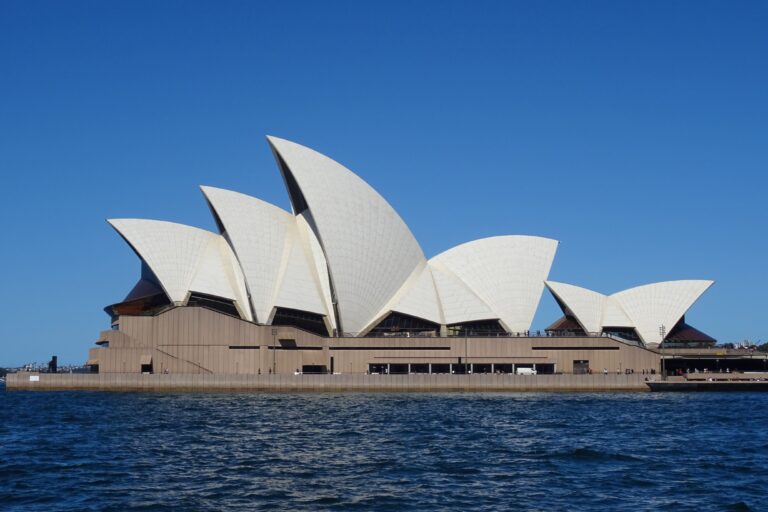By Neena Bhandari
Wilson’s Promontory (Victoria, Australia) On a balmy summer morning, we snake our way through the wide Melbourne roads, yet to be inundated with rush hour traffic. The shutters in this city of urban flair are still down, apart from a few cafes where early risers are enjoying hot breakfast on cobbled pavements and joggers are making the most of the crisp morning breeze.
We are heading to the Wilsons Promontory National Park, the southernmost tip of mainland Australia. I am filled with a sense of excitement and adventure, similar to the one felt during those short getaways from Delhi to the national parks and sanctuaries of Rajasthan and Haryana.
The GPS (Global Positioning System) in our hired Toyota Camry prods, `Take the next exit’ to Princes Highway, where we clock a 110km/ per hour to keep pace with other vehicles and mammoth lorries. The speed is unnerving and the turning to South Gippsland Highway comes as a welcome relief. The landscape begins to change dramatically, unfolding undulating plains dotted with cows and sheep lazily grazing.

I am intrigued by a rather inviting billboard, `Caldermeade Farm – Where the Country meets the City’ and we decide to veer off the Highway to take a peek. A group of Crimson Rosellas are partying on the scattered grain in the car park, opposite the farm café, nestling amidst Hawthorn hedges and rose creepers. The Baltic pine floors and a large open brick fireplace have a welcoming country ambience. The menu, beautifully handwritten in colourful chalk on the blackboard, lists a range of fine foods topped with home-made jams and relishes that compliment Devonshire tea and coffees.

Originally one of the region’s premier beef cattle properties, Caldermeade today is a modern commercial dairy farm, where up to 400 Holstein cows are milked twice daily. The milkshake and scones are a gourmet’s delight, filling us with anticipation as we proceed on our onward rendezvous.
The next 130 km stretch offers some of the most spectacular vistas, framed by granite headlands, plunging cliffs, forests and beaches. It is here that I spot my first echidna at close quarters, gingerly making its way across the highway, providing ample time to take that cherished shot.
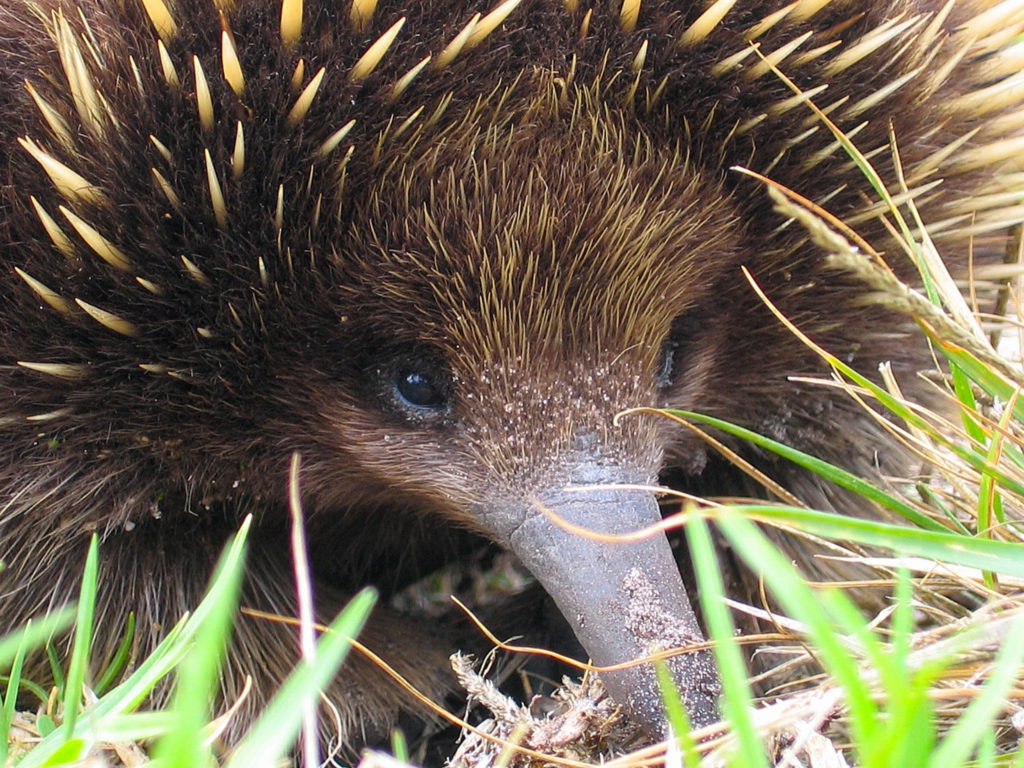
Immersed in the picture postcard scenic views, we arrive at the Parks Victoria barrier leading into the National Park, similar to the check-posts at our Tiger Reserves, where vehicle, accommodation and other contact details are registered and a fee paid for entering the park. To preserve the biodiversity, Parks Victoria has set a limit of 7000 visitors during the day and 3,500 a night and a cap on 800 visitor vehicles a day.
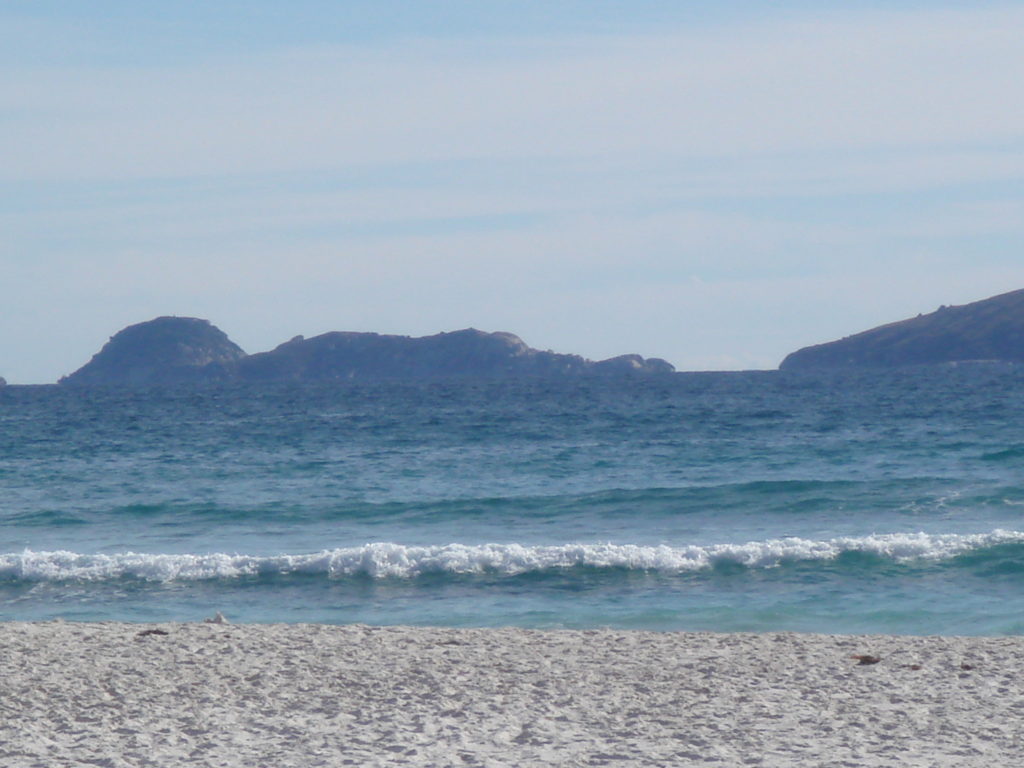
Endearingly referred to as `The Prom’ by the locals, the park, which was established in 1898, today attracts 400,000 visitors a year. The drive from this entry point at Yanakie to Tidal River settlement, which is the epicentre of tourism and recreation, is abundant with wildlife and several side roads branching out to sandy beaches, bushland walks, hiking trails and lookout points.
The Park’s Manager Customer Service, Graeme Baxter informs, “We have concentrated all facilities in minimum area to maximise opportunities for travellers, but at the same time minimise impact of tourism on the park. The core area is strictly protected for reference and research”.
Interestingly, international tourists comprise only 15 per cent of the total visitor numbers with Germans leading followed by Indians. While Germans are largely independent travellers, spending 3-4 nights or more, camping and indulging in adventurous activities; Indians largely travel as a family or in groups, prefer comfortable accommodation and do easy walks and hikes.
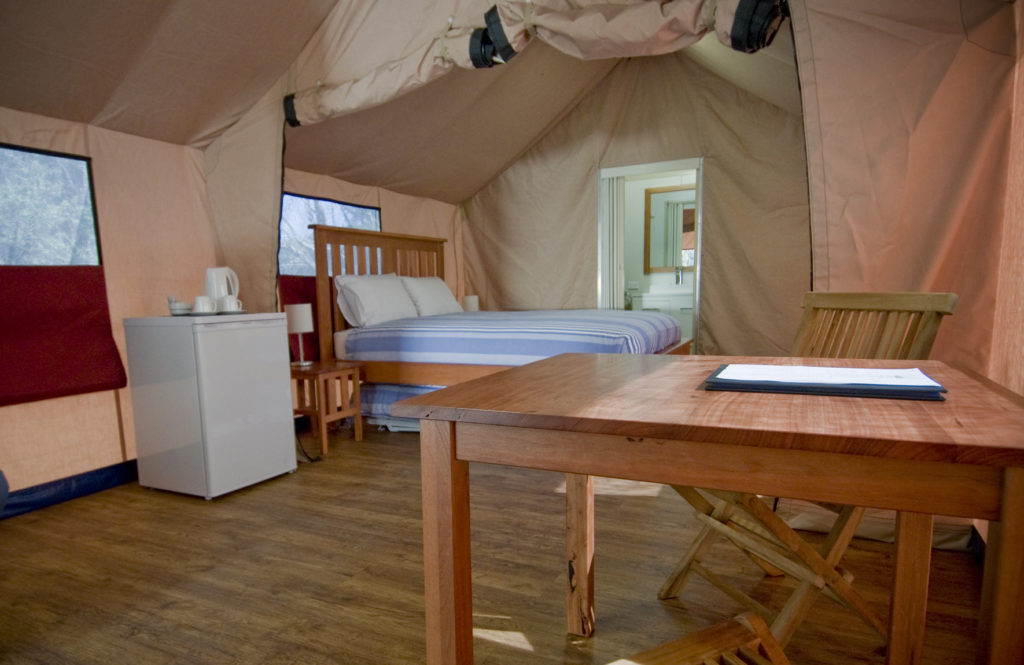
We chose one of the four newly constructed eco-friendly Wilderness Retreats, which offer a unique camping experience with all the trappings of modern comfort in a tranquil area. The elevated safari-style tents, with a sunny timber deck, a lockable door, an ensuite, beds, small fridge, tea and coffee making facilities and an adjacent fully equipped communal kitchen, combine the “close to nature” experience of bush camping and minimal environmental impact.
The park has a spiritual significance for Australia’s indigenous people, who had called the area Yiruk or Wamoom. The historic connection between the Aboriginals and the park’s sea and landscapes is demonstrated in the shell deposits, dating back to thousands of years, found at many beaches.

We stroll to Squeaky beach with its pure white sparkling quartz sand, once known as the “singing sands” because of the sound made while walking on it. It’s great for a game of Frisbee or to just sit on the rocks and marvel at the headlands and offshore islands emerge from the bosom of the sea as the waves heave. Nearby, the sandy beach along Tidal River at Norman Bay offers a safe environ for swimming and exploring to surf.
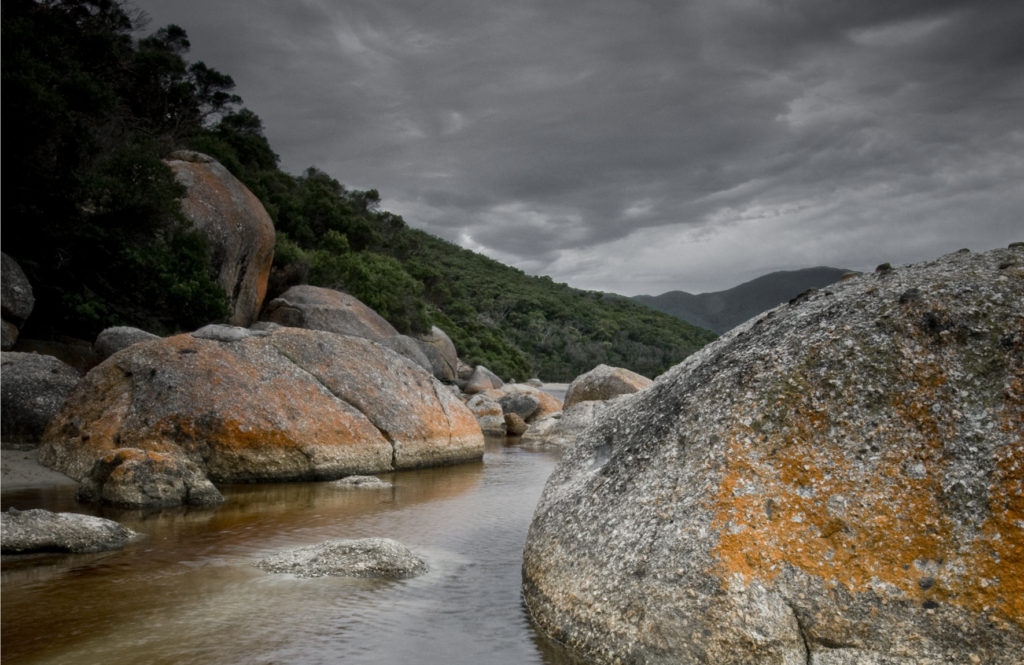
As the afternoon sun begins to mellow, we choose a few of the 30 walks that vary in degree of difficulty and length, covering 130 kilometres of tracks. The 6.8km return trek to Mt. Oberon’s summit presents unsurpassed panoramas of the rugged coastline and the 5.8 kilometre Lilly Pilly Gully nature board walk through the eucalypt and rainforest provides an opportunity to spot the cuddly koalas perched on tree-tops.
From the native koalas, kangaroos, wallabies and wombats to the New Holland mouse, Feather-tailed Glider and Eastern Pygmy-possum, besides several hundred bird species, including raptors, the 50,000 hectare national park harbours an abundance of wildlife.
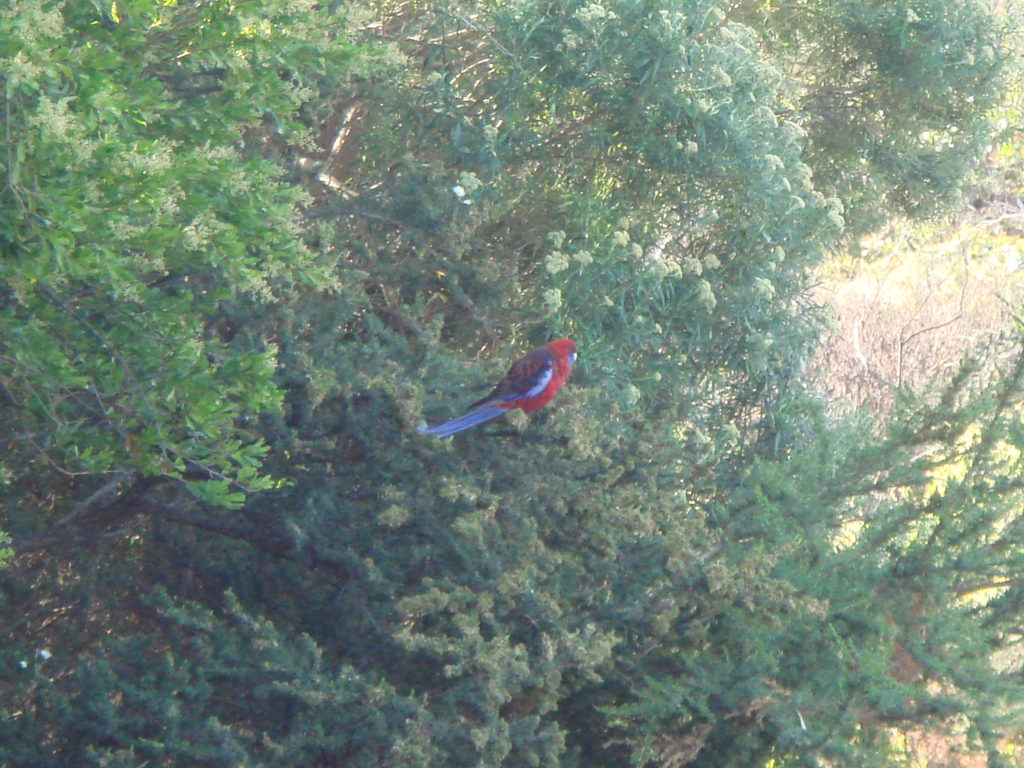
Homeward bound, refreshed and rejuvenated with our tryst with nature in its most pure and pristine glory, we watch the sun set over the glassy sheen of the Bass Strait from the Norman Lookout, one of the only two places for eastern Australian inhabitants to watch the sunset over the sea.
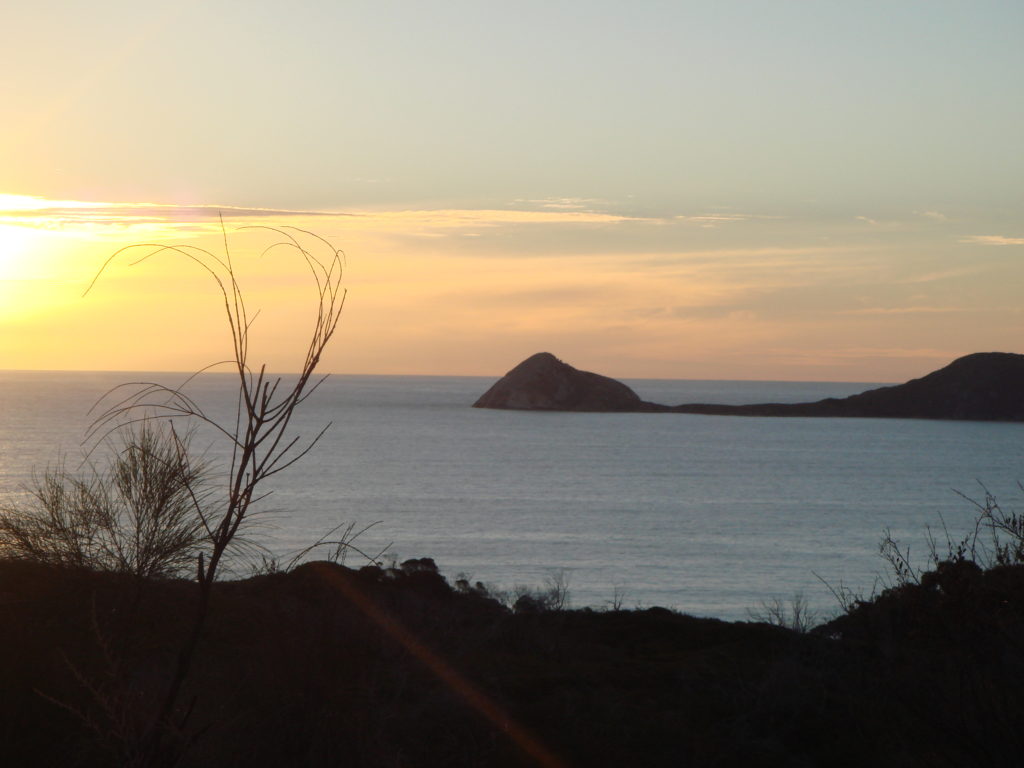
Getting there: Driving is probably the best option. It is about three-and-a-half hour drive (230 km) from Melbourne via the South Gippsland Highway, turning south at Meeniyan and Fish Creek or Foster. The main Visitor Centre is at Tidal River, 30 km inside the Wilson’s Promontory National Park boundary.
There are special bus tours departing from Foster to Tidal River via Fish Creek Friday night and returning from Tidal River to Foster on Sunday afternoon during weekends and holidays.
Accommodation: Tidal River has 484 camping and caravan sites strategically located near the beach and river. 20 powered sites are also available, but take a gas or fuel stove as generators and campfires are not permitted. There are self-contained cabins (6 people), units (4 people), group lodges (12, 24 or 30 bed), huts (4 or 6 bed) and Wilderness Retreats. The Lighthouse has four cottages overlooking the Bass Strait.
Facilities: There is a general store, which also sells petrol (fuel), post office, camping gas supplies and a take-away food shop in Tidal River. Meals are catered on some nights. During the southern summer, open-air cinema and doctor services are available. It is recommended to pick up groceries and fuel at Foster.
Walking and hiking trails: Discovering the Prom, available from the park’s Information Centre at Tidal River, will help you plan walks, including overnight hikes, for which permits are required, ranging from beginner to intermediate standard and one to five nights duration. The walk to the 140-year-old lighthouse takes around seven hours.
Activities: Ranger guided activities include Abseiling, Bicycle Touring, Birdwatching, Boat Tours, Bushwalking, Canoeing / Kayaking, Fishing / Angling, Mountain Bike Riding, Rafting, Rock Climbing, Kayaking, Snorkelling, Spotlight tours/ nightwalks, Surfing, Yoga class.
For Bookings & Rates: Call Parks Victoria Information Centre +61 3 8627 4700 or email info@parks.vic.gov.au
© Copyright Neena Bhandari. All rights reserved. Republication, copying or using information from neenabhandari.com content is expressly prohibited without the permission of the writer and the media outlet syndicating or publishing the article.

